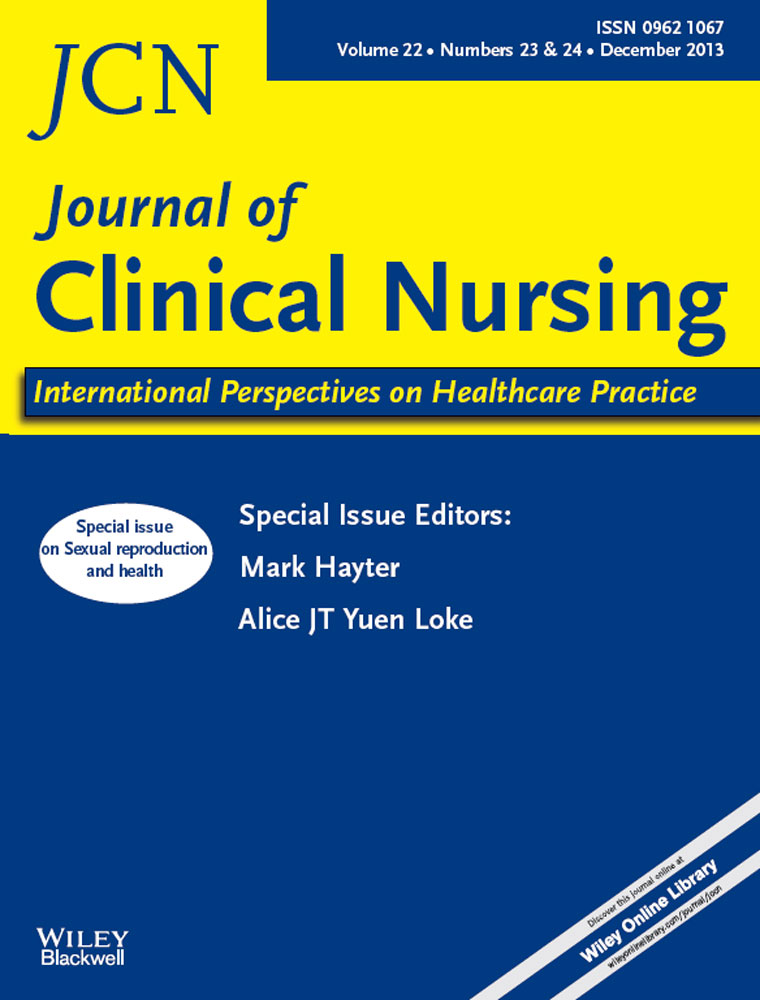Sexual activity and adolescent health risk behaviours amongst high school students in three ethnic Chinese urban populations
Abstract
Aims and objectives
To compare sexually active Chinese high school students in three major Asian cities with their non-sexually active counterparts in order to determine prevalence and associations with selected health outcomes.
Background
There have been limited studies to date on the association between sexual activity and substance use in Chinese high schools. While the role of the school nurse in the development of sexual health and harm reduction education in secondary schools has been well documented in international studies, this has received little attention in Asia.
Design
Cross-sectional survey.
Methods
This study was administered in 2003/2004 to 13,895 Grades 6 to 12 high school students in Hong Kong (3498), Macau (6286) and Taipei (4111). Descriptive analysis was conducted followed by univariate analysis comparing sexual behaviour with (1) substance use including alcohol, smoking, illicit drugs; (2) feeling depressed for greater than or equal to two weeks in last 12 months; contemplating suicide during the last 12 months; and (3) perception of poor health/academic performance.
Results
The students (8%) reported being sexually active had marked differences in selected health outcomes when compared with the nonsexually experienced students. More than 90% of the sexually active students had tried alcohol, with more than 50% being regular drinkers, more than 30% testifying to binge drinking and nearly 50% reported depression in the past 12 months. Substance use, poorer perception of health and academic performance were also significantly higher in the sexually experienced students relative to their nonexperienced counterparts.
Conclusions
Sexually experienced Chinese high school students surveyed were at higher risk of substance abuse, poorer psychological health and academic performance.
Relevance to clinical practice
Community and public health nursing needs to address Asian adolescent sexual health education needs, in particular provide culturally targeted interventions for associated substance abuse and psychological health within the context of high school sex education.




